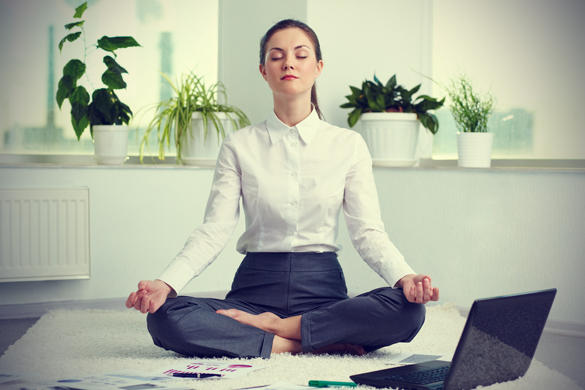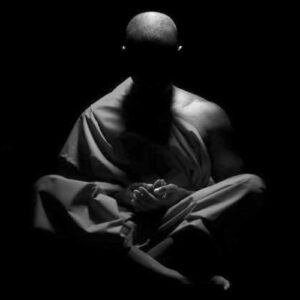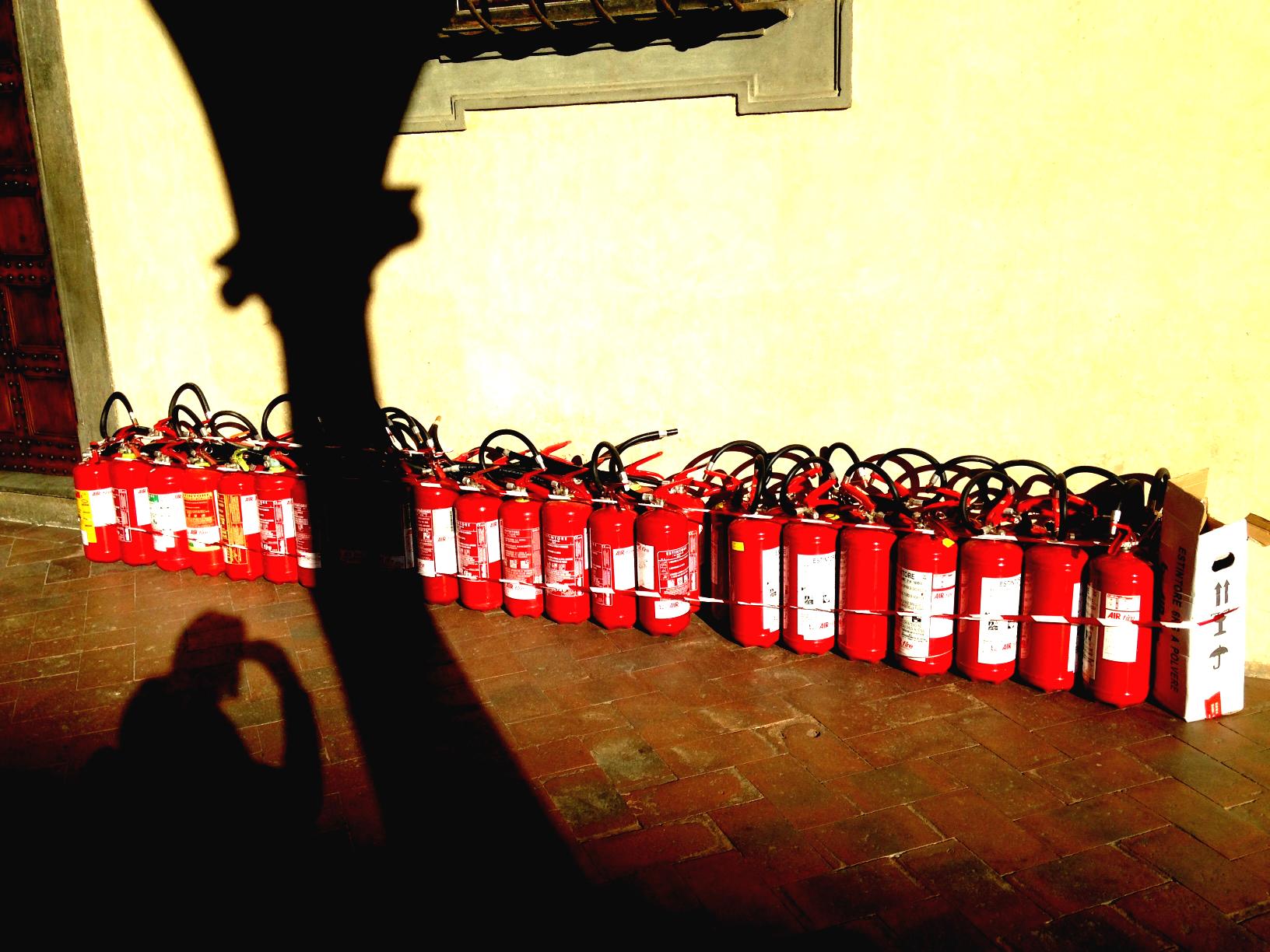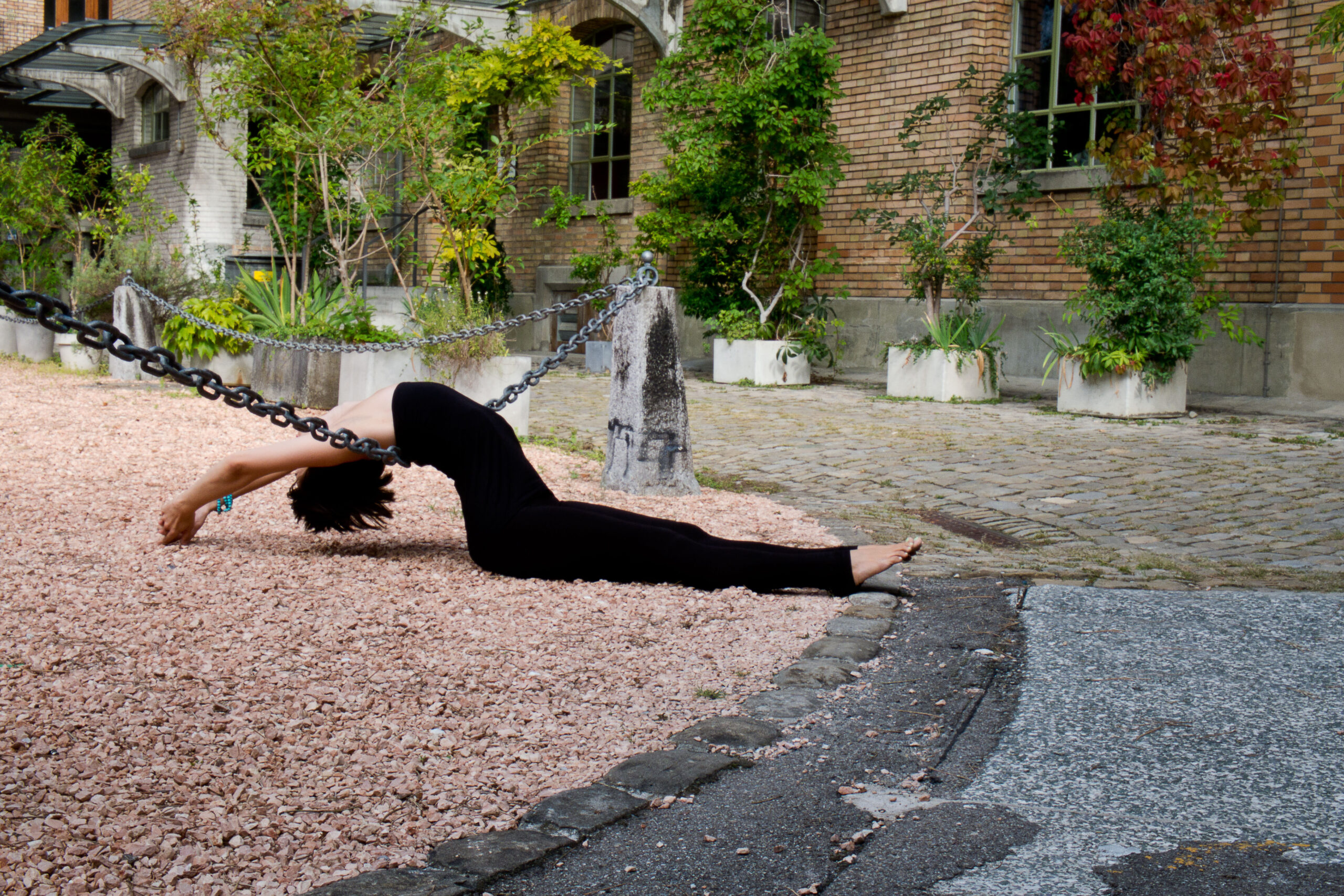If you had told me a few years ago that I would be involved in running a yoga studio, I would have laughed. I never wanted that kind of responsibility. I have seen too many solid yoga teachers losing it when confronted with financial pressure. It messes with your head.
My naive former self
About five years ago I was teaching a regular class at a local yoga studio. One day the owner sat me down and told me she was going to cancel my class.
I was confused and disappointed because I knew the flimsy reasons she was giving me could not be the truth. I also took it too personally. I thought it was bad press for my teaching. Yes, it was true the attendance had been low, but wouldn't she give me a little more time than a few months to grow the class?
Today I understand that it was a pure business decision. She couldn't justify to keep paying with those numbers. From a business perspective it was only reasonable to take the class off the schedule.
Back then, of course, I couldn't see it that way. I was sullen and hurt. I protected myself by being condescending. I told myself and others that this person couldn't be a real yogi. A yogi would know that things need time to evolve. You need to trust and surrender and give people another chance.
Inner conflict
Today I understand that yes, you have to trust and surrender, but that's not enough to keep a yoga studio in business. Or have you ever tried telling your accountant they need to trust and surrender? I now regret this naive reaction of my younger self.
They say you should never judge until you have walked a mile in someone else's shoes. About a year ago I was handed these particular shoes. I became a partner in one of the largest yoga studios in town.
It seemed like a good time in my life to take on more responsibility, but I still had no idea what it involved.
In the past I had always observed the inner conflict of teachers who own the place in which they teach. I didn't want that. I was afraid I would end up sitting at the front of the class counting bodies and figuring out how much money the studio was making with that particular class. Not exactly what you'd want your yoga teacher with the welcoming smile to think while you roll out your mat, right?
A fine line
But that's the sticking point: Yoga teachers are expected to always be calm, serene and compassionate. Business, however, may require you to be outspoken and to have your own best interest at heart. Sometimes you have to draw a line. Sometimes you have to say to a student: “I'm sorry your class package expired three months ago. I can't renew it, you will have to get a new one.”
Having to be a business person can mess with a yoga teacher's head. One minute you're accepting money for your class and the next minute you take the teacher's seat and deliver a nice dharma talk on life's abundance and selfless service.
And yet, as a business you have to have rules and you have to ask people to kindly respect these rules. Otherwise you eventually will have to shut down the place because you couldn't pay rent. And that won't make anyone happy either.
The thing is, I don't think there is actually a paradox. I refuse to believe that yoga and business don't go together. Why shouldn't it be possible to reconcile being kind-hearted and business-minded at the same time? Why can't we be outspoken and compassionate at the same time? It is my deep inner conviction that you can say and do anything with love.
Running a business is a bit like being head of the family. You want to take care of your employees and clients, as if they were your children. You want to see them happy.
Sometimes you have to be strict and you have to say no. As any parent knows, that won't make you popular. But in hindsight, it may make sense.
And yes, it is a fine line. When you try to balance, you're bound to fall. That doesn't mean I will stop trying.





